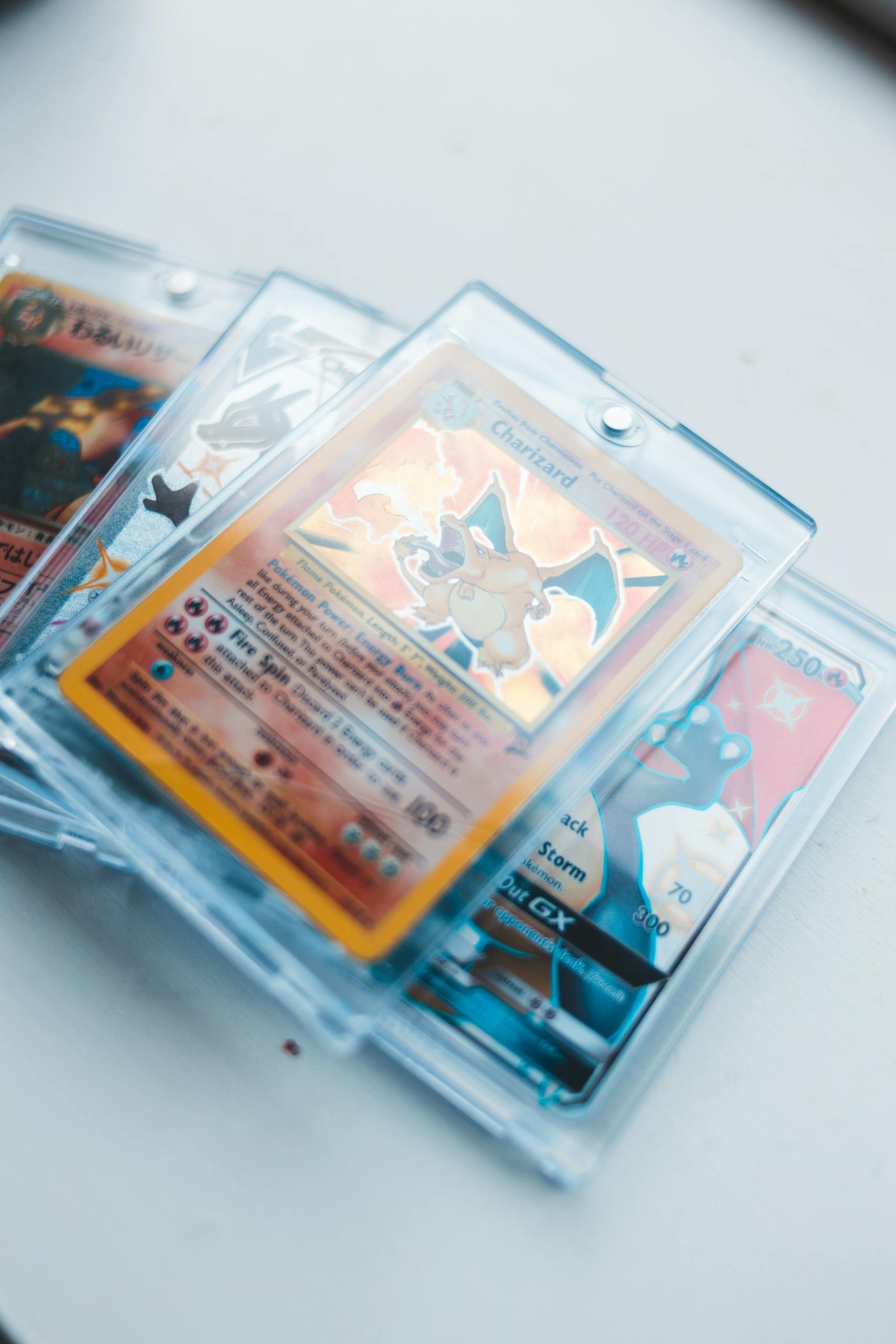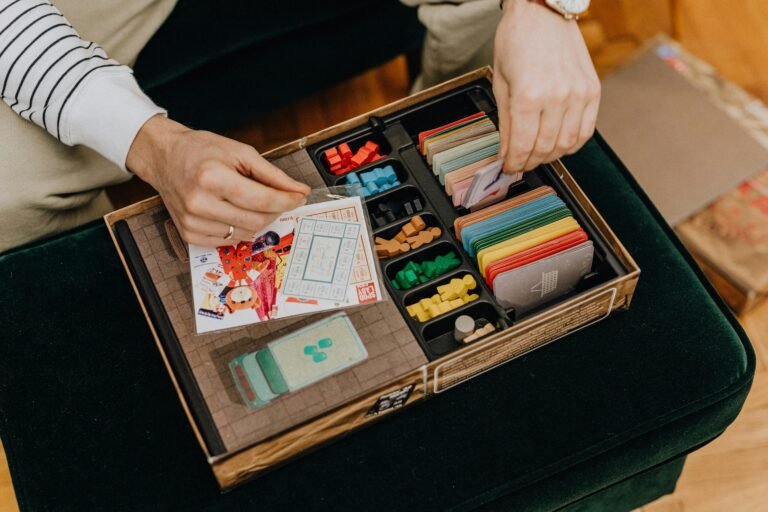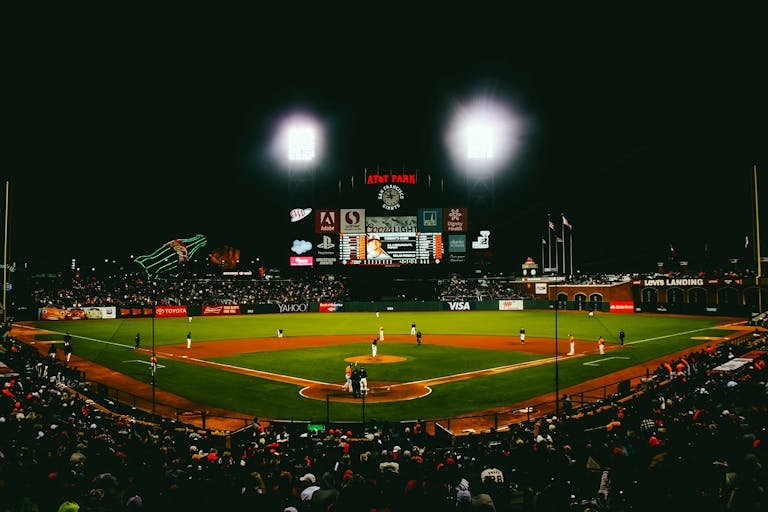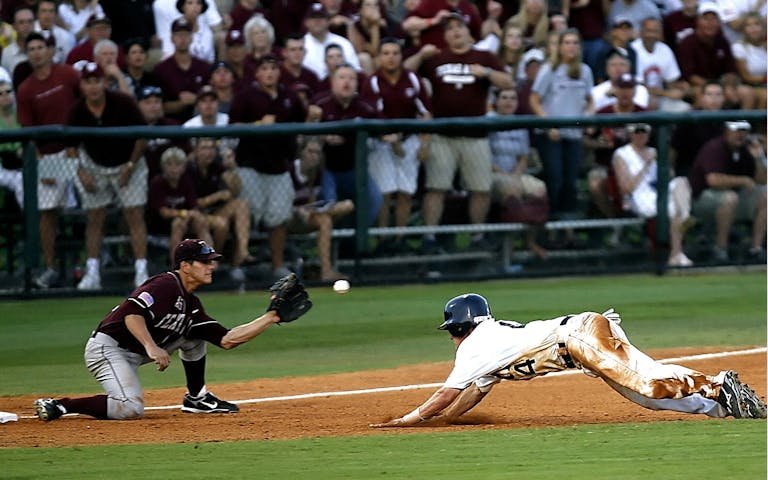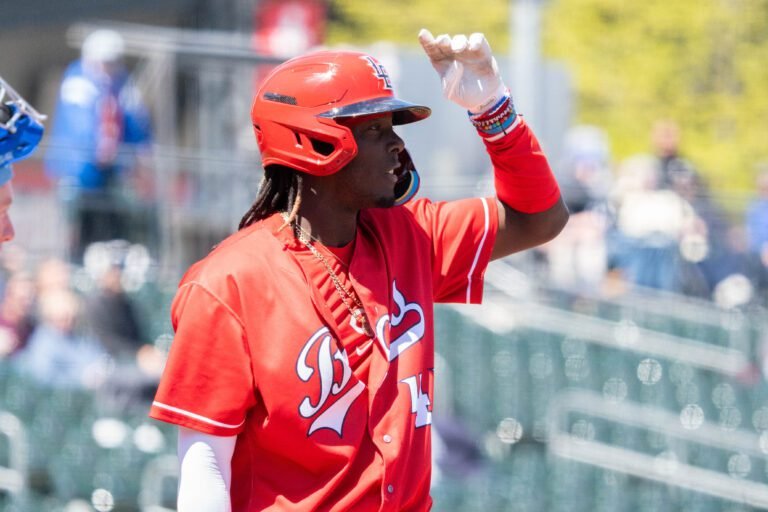Cash In On Topps Cards: Ultimate Collector’s Guide
Topps, a renowned name in the trading card industry, has been producing collectible cards for decades. Since its inception in 1938, Topps has created a vast array of cards covering various sports, entertainment, and pop culture icons. Over time, some of these cards have become highly sought-after, commanding substantial prices in the market. Whether you’re a seasoned collector or a newcomer, understanding which Topps cards are worth money and why is crucial to making informed decisions.
In this article, we’ll explore the factors that influence the value of Topps cards, delve into specific categories of valuable cards, and offer practical tips on how to determine a card’s value and build a valuable collection. By the end, you’ll be equipped with the knowledge to navigate the exciting world of Topps card collecting.
Factors Affecting the Value of Topps Cards
Not all Topps cards are created equal. While some cards can be found in abundance, others are rare and hold significant value. Several key factors contribute to the value of a Topps card:
1. Rarity
Rarity is one of the most critical factors affecting a card’s value. Limited edition cards, short print runs, and cards with unique variations (such as error cards or cards with different back designs) are typically more valuable. The fewer the number of a particular card in existence, the more likely it is to command a higher price.
For example, the 1952 Topps Mickey Mantle card is one of the most iconic and rare cards in the hobby. While not technically Mantle’s rookie card, it is his first Topps card and has become one of the most sought-after collectibles, primarily due to its scarcity.
2. Player
The player featured on a card significantly impacts its value. Cards of legendary players, Hall of Famers, and those who have made a lasting impact on the sport are usually worth more. Additionally, rookie cards—cards featuring a player’s first professional year—are particularly prized.
Consider Derek Jeter’s 1993 Topps rookie card. As one of baseball’s all-time greats, Jeter’s rookie card has become a valuable piece of memorabilia for collectors.
3. Condition
The condition of a card is paramount in determining its value. Cards in mint or near-mint condition (with sharp corners, no creases, and vibrant colors) fetch much higher prices than those with visible wear and tear. Professional grading services, such as PSA (Professional Sports Authenticator) or Beckett, assess and grade cards based on their condition, with higher grades leading to higher values.
For instance, a PSA 10 (Gem Mint) version of Ken Griffey Jr.’s 1989 Topps Traded rookie card can be worth several times more than the same card in a lower grade.
4. Demand
Collector interest in a specific player, team, or card set can significantly impact a card’s value. Certain cards may see a surge in demand due to various factors, such as a player’s induction into the Hall of Fame, a milestone achievement, or increased popularity of a particular set or era.
5. Authenticity
Authenticity is crucial in the world of card collecting. Counterfeit cards or cards that have been altered in some way can drastically diminish their value. Ensuring that a card is genuine, especially when dealing with high-value items, is essential. This is where professional grading services come into play, as they not only assess the condition but also verify the authenticity of the card.
Categories of Valuable Topps Cards
Understanding the categories of Topps cards that hold the most value can help you focus your collecting efforts. Here are some of the most valuable types of Topps cards:
1. Rookie Cards
Rookie cards are among the most coveted in the hobby. These cards feature a player’s first appearance on a professional trading card, making them highly desirable. Collectors often view rookie cards as a way to own a piece of a player’s early career, before they became a star.
Examples of Valuable Rookie Cards:
- Mickey Mantle (1952 Topps): Although technically not his rookie card, Mantle’s 1952 Topps card is one of the most iconic and valuable cards in the hobby. A high-grade version of this card has sold for millions of dollars.
- Ken Griffey Jr. (1989 Topps Traded): Griffey’s rookie card is a must-have for any baseball card collector. It marked the beginning of the career of one of the most beloved players in the game.
- Derek Jeter (1993 Topps): Jeter’s rookie card has gained significant value, especially after his induction into the Hall of Fame.
2. Short Prints and Variations
Topps often produces cards in limited quantities or with unique characteristics, such as different back designs, error cards, or image variations. These short prints (SP) and variations are typically harder to find and therefore more valuable.
Key Short Prints and Variations:
- Topps Heritage Variations: Topps Heritage sets often include short prints and image variations that harken back to designs from past decades, adding nostalgia and rarity to their appeal.
- Error Cards: Cards that were printed with mistakes, such as incorrect player names or stats, are often corrected in later print runs, making the original error cards rare and valuable. The 1989 Topps Billy Ripken “F*ck Face” card is a famous example of an error card that has gained value due to its notoriety.
3. Legendary Players
Cards featuring legendary players—those who have left an indelible mark on the sport—are always in demand. These players often have multiple valuable cards across different years and sets.
Examples of Cards Featuring Legendary Players:
- Babe Ruth (1933 Goudey, 1952 Topps Reprint): While Babe Ruth’s original cards predate Topps, Topps reprinted some of his most iconic cards in later years. These reprints, especially in high grades, can still be valuable.
- Jackie Robinson (1952 Topps): As the first African American player in Major League Baseball, Jackie Robinson’s cards are highly sought after by collectors.
- Hank Aaron (1954 Topps Rookie): Aaron’s rookie card is a prized possession for collectors, especially in high-grade condition.
4. High-Grade Cards
The grade of a card, determined by professional grading services, is one of the most critical factors in its value. Cards that receive a grade of PSA 9 (Mint) or PSA 10 (Gem Mint) are especially valuable, as they are in near-perfect condition.
The Importance of High-Grade Cards:
- PSA 10 Griffey Jr. (1989 Topps Traded): A PSA 10 version of Griffey’s rookie card is significantly more valuable than lower-graded versions.
- High-Grade Vintage Cards: Vintage cards (pre-1970s) in high grades are particularly rare and valuable, as most cards from that era were not preserved as carefully as modern cards.
5. Autographed Cards
Autographed cards add an extra layer of value, especially when the signature is from a legendary player. Topps has included autographed cards in various sets over the years, making them highly sought after.
Notable Autographed Cards:
- Topps Triple Threads: This series often features multi-player autographs, which are incredibly popular among collectors.
- Topps Chrome Autographs: Known for its sleek design and refractor technology, Topps Chrome autographed cards are highly desirable.
Read Also: Thick Cards to PSA: Secret Weapon!
How to Determine a Topps Card’s Value
Determining the value of a Topps card involves several steps. Here’s a guide to help you accurately assess what your card might be worth:
1. Online Price Guides
Several websites provide up-to-date price guides for trading cards. These guides can give you a ballpark estimate of a card’s value based on recent sales data.
- Beckett: Beckett is one of the most respected names in card pricing, offering both online and printed price guides.
- PSA: PSA’s website offers a pricing tool that provides values based on recent auction results.
2. Professional Grading Services
Having your card professionally graded can significantly impact its value. Companies like PSA, Beckett, and SGC assess cards based on their condition and assign a grade from 1 to 10. A higher grade typically results in a higher market value.
- PSA Grading: PSA is the most recognized grading service, and their grades are widely accepted in the hobby. A PSA 10 grade can multiply the value of a card several times over.
- Beckett Grading Services (BGS): BGS is another reputable grading service, known for its strict grading standards and popular sub-grade system.
3. Auctions and Marketplaces
Online auction platforms like eBay specialized marketplaces like COMC (Check Out My Cards) and PWCC offer insights into what collectors are willing to pay for specific cards. Searching for recent sales of your card can give you a good idea of its current market value.
4. Card Shows and Dealers
Attending card shows can provide opportunities to interact with experts and dealers who can offer appraisals and insights into the value of your cards. Many dealers have extensive knowledge of the market and can help you determine the worth of your collection.
Tips for Collecting Valuable Topps Cards
Building a valuable Topps card collection requires a strategic approach. Here are some tips to help you on your journey:
1. Start with a Focus
Decide whether you want to collect cards based on a specific player, team, or era. Having a focus can help you build a cohesive and potentially more valuable collection. For example, collecting rookie cards of Hall of Famers or focusing on a particular team’s history can create a theme that resonates with other collectors.
2. Protect Your Cards
To maintain the value of your cards, it’s crucial to keep them in pristine condition. Invest in card sleeves, top loaders, and storage boxes to protect your cards from physical damage. For high-value cards, consider using tamper-proof holders or having them professionally graded and encased.
3. Research the Market
Understanding market trends and staying informed about the latest news in the hobby can give you an edge when buying or selling cards. Subscribe to hobby magazines, join online forums, and follow industry experts on social media to stay updated.
4. Be Patient
Building a valuable collection takes time. Don’t rush into buying cards without doing your homework. Sometimes, waiting for the right opportunity or holding onto a card until it appreciates can pay off.
5. Consider Investing
If you view card collecting as an investment, carefully research market trends and consider the potential future value of cards before making purchases. While the hobby can be unpredictable, cards of legendary players, rare variations, and high-grade vintage cards have historically been appreciated over time.
Read Also: 1st Gen Pokemon Cards: Worthless or Goldmine?
Conclusion
Topps cards have been a staple in the world of trading cards for decades, with some becoming highly valuable collectibles. Understanding the factors that influence a card’s value—such as rarity, player, condition, demand, and authenticity—is essential for any collector or investor.
By focusing on categories like rookie cards, short prints, legendary players, high-grade cards, and autographed cards, you can build a collection that not only holds sentimental value but also has the potential to appreciate in monetary worth.
